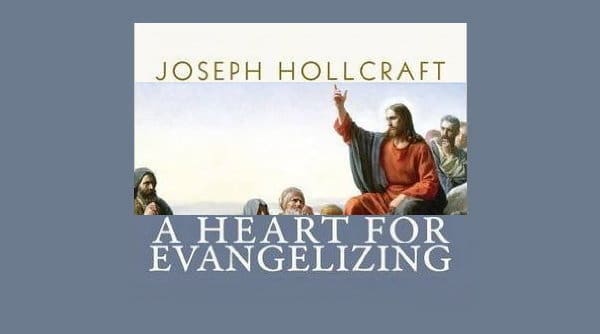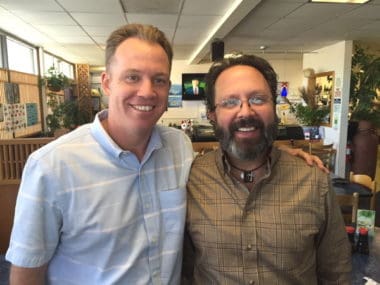
Editor’s Note: Dan Burke says that Dr. Joseph Hollcraft “reveals that the advance of the Kingdom of God must begin first within our own hearts and then extend to those around us. Without this inner work of conversion and union with God, our efforts will yield far less than we would desire.” Professor Hollcraft, who teaches at the Avila Institute, understands well the connection between the relationship we have with Christ and our evangelizing. Today, he gives us a short look at some of his thought from his new book “A Heart for Evangelizing”. Here are a few words from Dr. Hollcraft to pique your interest.
Intimacy and Evangelizing
In his address at Port Au Prince, Haiti, Saint John Paul II taught that the new evangelization is new in its “ardor, methods, and expression.”
Ardor
Sequence was important to John Paul II since our methods and expression are only as good as they are imbued with a deep sense of ardor. The Latin word for “ardor” is ardere, which translates as “burn” or “ablaze.” Through our baptism we live in the  family life of the Holy Trinity and, from that relationship, we communicate the fire that is the love of God. For this reason, John Paul II reminded us that evangelizing the saving message of Jesus Christ is most effective when it “proclaims from the rooftops what it has first lived in intimacy with the Lord . . . inspired by saintly fervor” (Vita consecrata, 81). In other words, saintly fervor to evangelize and catechize is the natural outgrowth of a living relationship with Jesus Christ, which has been set on fire by Fire itself—the Holy Spirit!
family life of the Holy Trinity and, from that relationship, we communicate the fire that is the love of God. For this reason, John Paul II reminded us that evangelizing the saving message of Jesus Christ is most effective when it “proclaims from the rooftops what it has first lived in intimacy with the Lord . . . inspired by saintly fervor” (Vita consecrata, 81). In other words, saintly fervor to evangelize and catechize is the natural outgrowth of a living relationship with Jesus Christ, which has been set on fire by Fire itself—the Holy Spirit!
Ardor is salt for our evangelizing and catechizing. As Christ call us to be “salt for the earth” (Mt 5:13), we do so with the understanding that salt possesses kindling properties. During Christ’s time, it was not wood that was used as fuel for the fire in the clay-ovens, but camel manure mixed with salt. A salt slab was placed within the fire, which would cause the manure to burn. Essentially, salt was an agent setting ablaze what it touched. To be salt in our evangelizing and catechizing is to be an agent for the new evangelization—literally and figuratively, setting on fire all those we come in contact with.
Methods
In regards to methods, John Paul II speaks to the manner in which the Body of Christ shares in the mission of the Church, by not only teaching according to each member’s talent but first and foremost, by actually sharing in the teaching ministry of Jesus Christ. Jesus is the method of our methodology (see Evangelli gaudium, 269). The Greek rendering of the word methodology translates, “the study of a way.” Jesus is not a way, but “the way” (Jn 14:6) of all that we transmit. So, what does all this mean for us in our evangelization and catechesis?
- First, as teachers in the one Teacher, we are to carry within us the presence of God and be attentive to the promptings of the Holy Spirit. In this, ardor is essential.
- Second, we should consider the teaching methods that Christ Himself employed. Here, I am thinking of the frequency with which Christ asked questions. Questions simultaneously provoke and encourage the more personal encounter. Christ
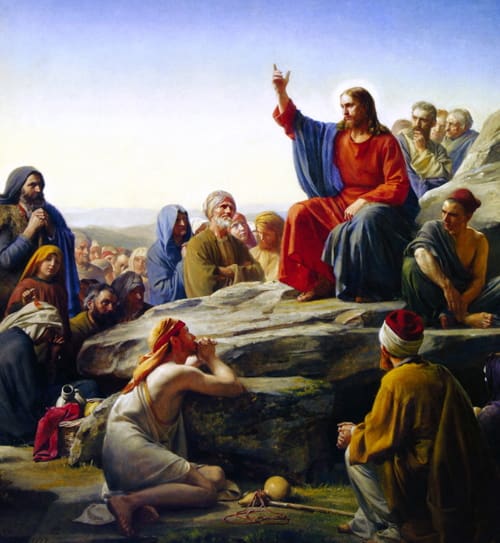 asked one-hundred-and-eighty-three questions to encourage a more personal encounter.[1] Consider the famous Parable of the Two Sons (see Mt 21:28–32). Most people read this parable and reflect only on the importance of appearance and reality—what we say and what we do. But it is important to consider that Christ opened the parable with the question: “What do you think?” (Mt 21:28). Our Lord begins this parable with a question to get His audience to think more critically about the lessons behind the parable. Interestingly, catechesis is to “echo” or “resound” the instruction of Christ Himself. In our catechesis, let us never cease to resound Christ in the questions we ask.
asked one-hundred-and-eighty-three questions to encourage a more personal encounter.[1] Consider the famous Parable of the Two Sons (see Mt 21:28–32). Most people read this parable and reflect only on the importance of appearance and reality—what we say and what we do. But it is important to consider that Christ opened the parable with the question: “What do you think?” (Mt 21:28). Our Lord begins this parable with a question to get His audience to think more critically about the lessons behind the parable. Interestingly, catechesis is to “echo” or “resound” the instruction of Christ Himself. In our catechesis, let us never cease to resound Christ in the questions we ask. - Third, the methodology we employ must constantly ask the question: how does the doctrine we are teaching—whether on Creation, the Incarnation, the Angels, or so on—assimilate the hearer into the mystery of Christ and the principle of relationship?
Expression
Once we understand the importance of both our fervor of faith and Christ as the method, we can then turn to see the obligation to express this gift in a fresh and dynamic way. We are to ignite the interest and imagination of people with the words we use and mediums we utilize. It is necessary to seek creative ways to reach an ever-changing population and to communicate the faith in an intelligible manner and with language that is comprehensible to our audience. We need to simplify the message without “losing none of its depth and truth” (Evangelii gaudium, 35). Once again, we can draw from the example of Christ, who told stories and used images to transmit the wonders and beauty of truth itself.
But again, our methods and expression of catechesis ought to display genuine ardor that is actuated in union with the Holy Spirit and animated by Him. In Crossing the Threshold of Hope, John Paul II reminded us that one’s initial proclamation must be rooted in the contemplation of truth, and from this contemplation of truth in the Holy Spirit our catechesis will “glow with fervor” (Evangelli nuntiandi, 80), and bring to life our initial proclamation. Essentially, without the contemplation of the holy face of Jesus, our evangelizing and catechizing would be utterly insufficient.
Conclusion
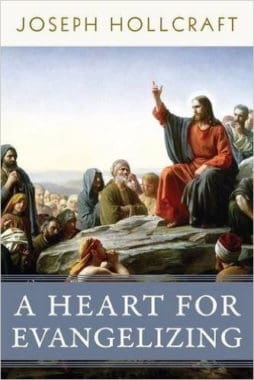 No matter where we are at in our ministries, we simply cannot continue without prayer. We come to know Him to make Him known; we form our interior life to guide our external activity; we abide in the gift to better understand the task. So, we spend time in formal prayer so that our activity is formed in Christ!
No matter where we are at in our ministries, we simply cannot continue without prayer. We come to know Him to make Him known; we form our interior life to guide our external activity; we abide in the gift to better understand the task. So, we spend time in formal prayer so that our activity is formed in Christ!
In A Heart for Evangelizing, I explore all this and more…
+
[1] See Sherry Weddell, Forming Intentional Disciples: The path to Knowing and Following Jesus (Huntington, IN: Our Sunday Visitor, 2012), 147.
+
Editor’s Notes:
- Click here to purchase a copy of Joseph Hollcraft’s A Heart for Evangelizing.
- It can also be found at Emmaus Press by clicking here.
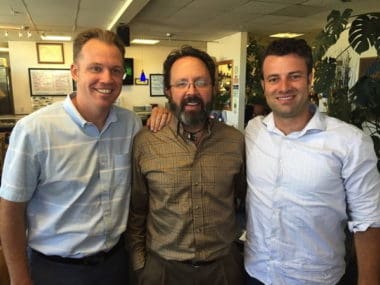
+
Art: Fire, 18 April 2007, Pedroserafin, own work, PD-Worldwide, Wikimedia Commons. The Sermon on the Mount, Carl Heinrich Bloch, 1877, Restored Traditions, used with permission. Cover for A Heart for Evangelizing used with permission. Photographs of Avila Joseph Hollcraft, Dan Burke and John Johnson courtesy Joseph Hollcraft, used with permission.



